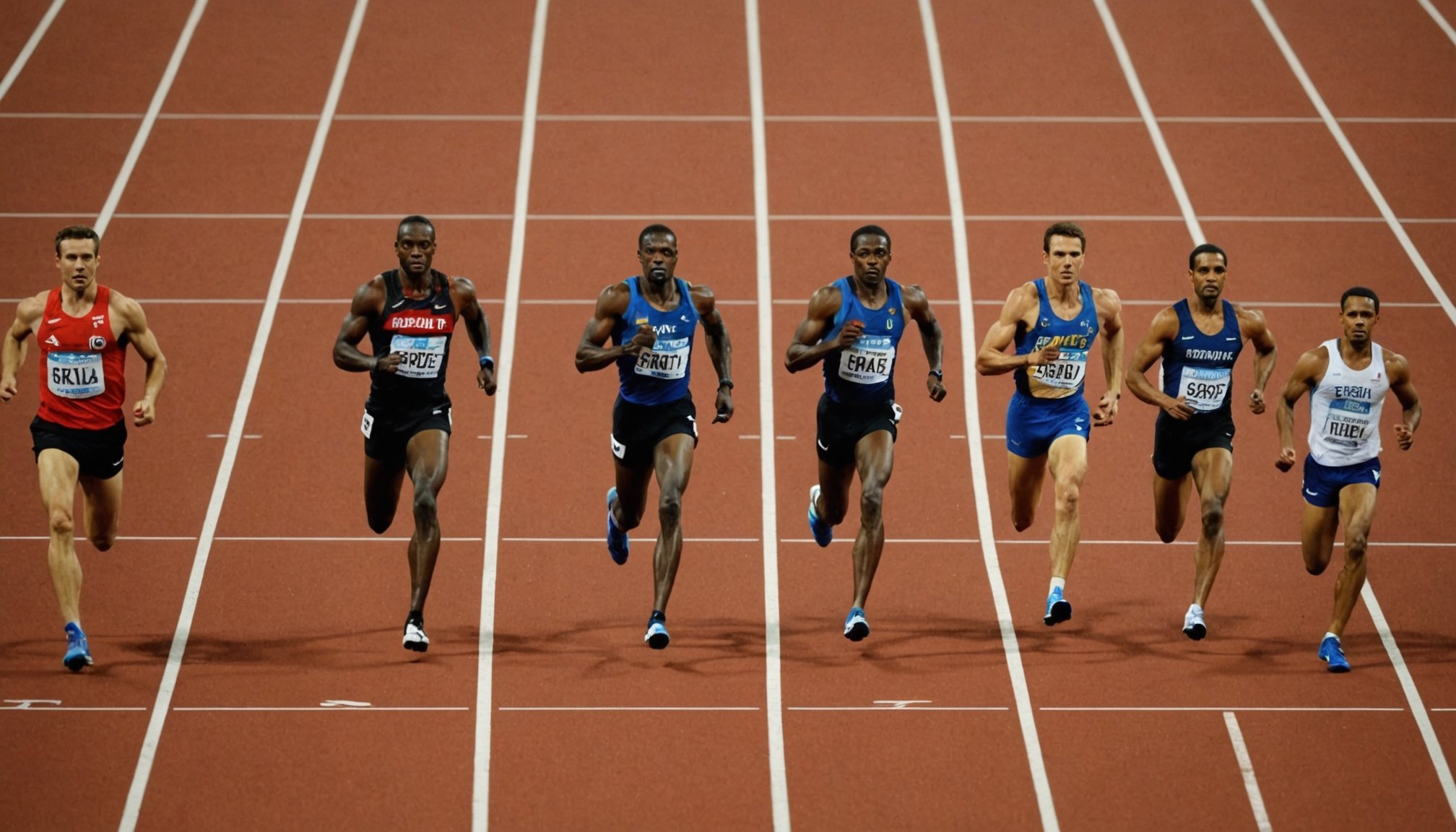Understanding Gene Doping
Gene doping refers to the use of genetic modification techniques to enhance athletic performance unlawfully. Unlike traditional doping, which involves substances such as steroids or hormones, gene doping aims to modify the athlete’s genes directly. Techniques like CRISPR and gene transfer — where new genes are inserted — can potentially give athletes enhanced strength, endurance, or recovery capabilities. This practice challenges traditional sports ethics, raising significant concerns about fairness and legality in competitive arenas.
Historically, the intersection of genetic modification and athletics was met with scepticism, with ethical considerations at the forefront. While genetic advancements initially aimed solely at medical therapies, the allure of applying these techniques for performance enhancement became apparent. This led to ethical debates about their implications in sports.
Also to read : Unveiling the enduring advantages of hyperbaric oxygen therapy in boosting athletic recovery
Currently, methods such as gene editing have been scrutinised. Athletes theoretically could gain advantages by modifying genes to boost physical attributes, challenging traditional competition fairness. The debate, heavily intertwined with sports ethics, continues as technologies evolve. As understanding deepens, the complexity of implementing regulations to preserve the spirit of sports competition while leveraging advancing genetic technologies remains a focal challenge for regulatory bodies. In this evolving landscape, ethical considerations persist as integral components of the discussion surrounding gene doping.
Ethical Implications of Gene Doping
Exploring fairness in competition within the context of gene doping is critical. The core ethical concern is whether genetic modification upholds or undermines the principle of an even playing field, which is foundational to sports. Imagine two athletes, one naturally skilled, the other genetically enhanced; does this equate to an unfair advantage?
Also to see : Elevate your game: essential techniques to boost reaction time for elite badminton players
Highlighting potential impacts on athlete health and well-being, gene doping presents unknown risks. The manipulation of genes could lead to unintended side effects, potentially jeopardising long-term health. What if the quest for enhanced performance results in unforeseen medical conditions or genetic disorders?
Furthermore, athletes and organisations face complex moral considerations. Athletes may grapple with moral dilemmas about whether to engage in such practices, weighing their career ambitions against ethical questions. Sporting bodies, on the other hand, must decide how to maintain integrity in competitions while managing the temptation to adopt advancing technologies.
Ultimately, ethics in sports is at a crossroads with gene doping. Balancing innovation with morality requires reflections on the core values of sportsmanship. It’s essential to question where personal enhancement ends and unfair advantage begins, a dilemma that remains unanswered.
Regulatory Landscape and Case Studies
Navigating the regulatory landscape surrounding gene doping is a challenging yet crucial task in the realm of competitive sport. Overseeing sports regulations and enforcing anti-doping laws require meticulous attention from governing bodies such as the World Anti-Doping Agency (WADA). These bodies act as gatekeepers, striving to uphold the integrity of competitive sports by maintaining a fair playing field.
Current Regulations and Governing Bodies
WADA leads the charge in crafting and enforcing comprehensive anti-doping regulations. They work tirelessly, updating regulations to keep pace with emerging technologies. Procedures for identifying and penalising gene doping are continually refined to deter athletes from unfair practices.
Key Case Studies
A few notable cases have spotlighted the potential of gene doping. These cases highlight not only the intricacies involved but also underline the challenges in detecting such sophisticated methods. The lessons learned from these pivotal examples inform ongoing regulatory strategies.
Impact of Regulations on Gene Doping
While effective in many ways, existing regulations face limitations. Rapid technological advances in genetic modification pose significant hurdles. Regulators continue adapting, enhancing detection techniques to keep gene doping at bay and preserve sports ethics.
Perspectives from Experts
Expert opinions provide valuable insights into the complexities of gene doping in sports. Sports scientists, ethicists, and athletes share multilayered perspectives. Ethicists often emphasise that gene doping challenges the core values of sports ethics. They argue that modifying an athlete’s genome might disrupt the natural balance of fairness and equality, fundamental to competitive sports. From their perspective, the moral considerations are profound, touching on the athlete’s autonomy and the potential for coercion in competitive environments.
Insights from sports scientists underscore the intricate relationship between athletic performance and genetic modification. These experts acknowledge that while genetic enhancements could theoretically boost physical capabilities, they also pose unpredictable health risks. Scientists express concerns that such modifications might lead to unintended side effects, raising questions about the sustainability and safety of gene doping as a practice.
Diverse opinions from athletes reveal a spectrum of views. Some feel pressured by the potential advantages peers might gain from genetic enhancement, while others advocate for maintaining traditional, unmodified competition. This debate highlights the inner conflict many athletes face, balancing their desire for success with an adherence to ethical principles in sports. Overall, these perspectives paint a complex picture of the challenges gene doping presents.
Future Directions and Consequences
Recent developments signal the potential future of gene doping, driven by lightning-speed technological advances in gene editing. Techniques inspired by CRISPR stand at the forefront, suggesting possibilities for targeted precision that were once unthinkable. However, as these tools become increasingly sophisticated, the implications for sports ethics become even more complex.
It’s speculated that the future of gene doping could involve not only altering existing gene sequences but also crafting entirely new genetic constructs. This foresight leaves many asking: How could future competitions unfold? While precise prediction is challenging, the allure of enhanced capabilities will likely tempt some athletes, compelling sports organisations to continually adapt regulations.
Technological advances raise questions about the long-term consequences for the spirit of competition, possibly redefining what it means to achieve excellence in athletics. Athletes could face ethical predicaments, balancing ambitions with the perceived integrity of their careers.
The outcomes of these changes could reshape implications for sports as we know them, imposing new ethical dilemmas, challenges, and opportunities. While the evolution of gene doping in sports is inevitable, its governance and integration into sporting contexts require thoughtful consideration to maintain a semblance of fair play.

